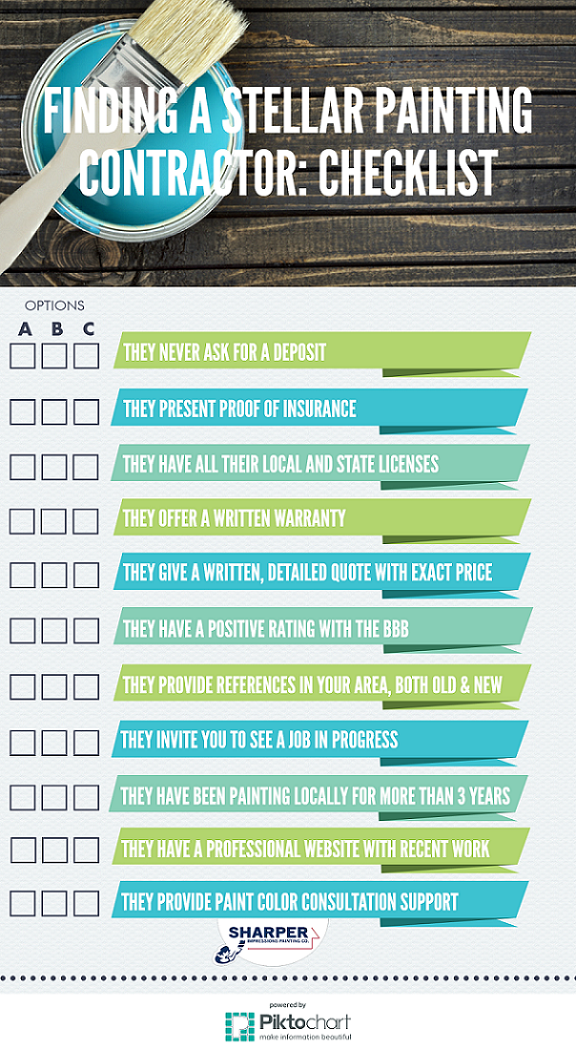Comprehending Seasonal Influences On Commercial Outside Paint: Necessary Understanding For Success
Comprehending Seasonal Influences On Commercial Outside Paint: Necessary Understanding For Success
Blog Article
Write-Up Created By-Fox Urquhart
When you're intending a business outside paint task, seasonal elements can make or break your results. You'll intend to think about just how temperature level and humidity influence paint application and drying times. Picking the appropriate period can ensure your paint adheres appropriately and lasts much longer. However which seasons are truly the best for this type of job? Let's check out the key elements that can impact your project's success.
The Effect of Temperature Level on Paint Application
When you're planning an industrial outside paint job, the temperature can considerably affect how well the paint sticks and dries out.
Ideally, you intend to repaint when temperatures vary between 50 ° F and 85 ° F. If it's also cool, the paint might not cure properly, resulting in issues like peeling or splitting.
On the other side, if it's also hot, the paint can dry out as well quickly, preventing appropriate attachment and causing an unequal finish.
You ought to also consider the moment of day; morning or late afternoon supplies cooler temperature levels, which can be more desirable.
Always inspect the supplier's referrals for the particular paint you're utilizing, as they often supply guidance on the ideal temperature range for optimal results.
Moisture and Its Impact on Drying Times
Temperature isn't the only ecological factor that affects your commercial external painting project; humidity plays a substantial function also. High humidity levels can decrease drying times significantly, influencing the general high quality of your paint task.
When the air is saturated with wetness, the paint takes longer to treat, which can bring about issues like bad attachment and a higher threat of mold growth. If you're repainting on an especially humid day, be planned for extended delay times between layers.
It's essential to keep an eye on regional weather conditions and strategy appropriately. Ideally, go for moisture levels between 40% and 70% for optimum drying out.
Keeping these consider mind ensures your project remains on track and delivers a lasting surface.
Best Seasons for Commercial Exterior Painting Projects
What's the very best time of year for your commercial outside paint projects?
Spring and early autumn are commonly your best options. Throughout these periods, temperature levels are moderate, and moisture levels are usually reduced, creating perfect problems for paint application and drying.
Prevent summer season's intense heat, which can cause paint to completely dry as well swiftly, bring about inadequate bond and finish. Likewise, simply click the up coming document can prevent proper drying and curing, risking the long life of your paint job.
Go for days with temperatures between 50 ° F and 85 ° F for ideal results. Bear in mind to inspect the local weather forecast for rain, as wet problems can spoil your task.
Preparation around these elements ensures your painting task runs efficiently and lasts longer.
Conclusion
Finally, preparing your industrial external paint jobs around seasonal considerations can make a significant difference in the result. By organizing Get More Information during the excellent temperature levels and humidity levels, you'll ensure much better attachment and drying out times. Remember to watch on regional weather report and pick the correct time of year-- spring and very early loss are your best choices. Taking these steps will certainly assist you attain a resilient and professional surface that lasts.
